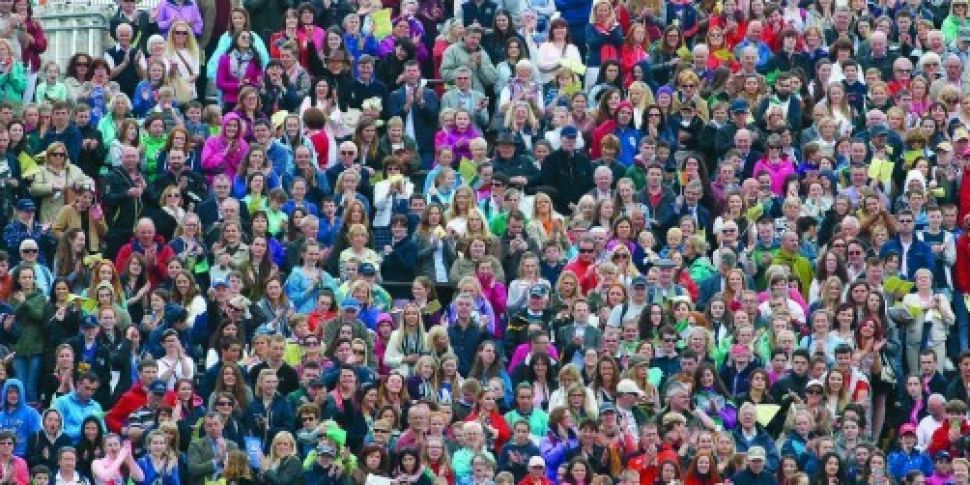A new report says Irish people can expect to stay healthier for longer.
The Central Statistics Office (CSO) has released a 'Wellbeing of the Nation' study.
The new publication is trying to address the question of how people feel about their lives as a whole.
It says the number of healthy life years people can expect to experience has increased from 66.9 in 2014 to 67.3 in 2015.
The percentage of the population that reported their general health to be either good or very good was 86% in 2015 - this is a fall from the 2011 figure of 88%.
But after a fall in the levels between 2011 and 2012, the percentage of those that rate their health as good or very good has increased each year.
It also finds that the unemployment rate has fallen from 9.8% in 2015 to 8.6% in 2016.
Source: CSO
The average household debt has also fallen from €93,900 in 2014 to €87,900 in 2015.
However it also finds that the number of homeless people, as measured on Census night, increased by 81% between 2011 and 2016 from 3,808 to 6,906 persons.
Source: CSO
The consistent poverty rate - which measures the percentage of people who are defined as being at risk of poverty and experiencing enforced deprivation - was at 6.9% 2011.
This rose to 9.1% in 2013, and dropped back again in 2015 to 8.7%.
The unemployment rate, measured quarterly by the Quarterly National Household Survey (QNHS), has steadily dropped from 13.9% in 2013 to 8.6% in 2016.
While the percentage of those aged 25 to 64 with third-level education has remained constant at 41% between the years 2015 and 2016.
But we are playing less sports - participation in sport among those aged 15 years and older has fallen from 47.2% in 2013 to 45% in 2015.
In terms of equality, the percentage of female members in the last five Dáils has increased.
The percentage that was female in the 28th Dáil (1997) was 12%. This has increased to 21% in the 32nd Dáil (2016).
Source: CSO
The CSO says: "Men and women are equally represented in the population and, thereby should be equally represented in the democratic decision-making process.
"Equal representation allows an environment to exist where issues that affect both men and women can be raised, discussed, and ultimately addressed.
"As the highest legislative body in Ireland, many important decisions are made in Dáil Éireann and thus the percentage of females within it has been selected as the indicator for female representation."
Crime
The percentage of adults that think crime is a very serious problem in Ireland has increased from 46% in 2006 to 49% in 2010.
Reporting of crimes - which includes crimes such as violent and non-violent theft, physical assault and fraud - has remained relatively constant over time.
The rate was 5% in 2003 and 2006, falling to 4% in 2010 and increasing to 5% in 2015.
And the CSO says more than 28% of the population aged 15 years or older volunteered in 2013.
This was done either through organisation-based or direct voluntary means. This is an increase from 2006 when the percentage that volunteered was 24%.
Commenting on the data, statistician Damien Lenihan said: "This publication attempts to measure wellbeing, which is influenced by many factors including the economic conditions of the country, the health of its population, and the educational attainment of its people."
"This publication is a starting point in measuring wellbeing and is an area which will be expanded further in the coming years.
It uses over 30 indicators across eight areas of society - including the economy, work, education and health.
Read the full report here












